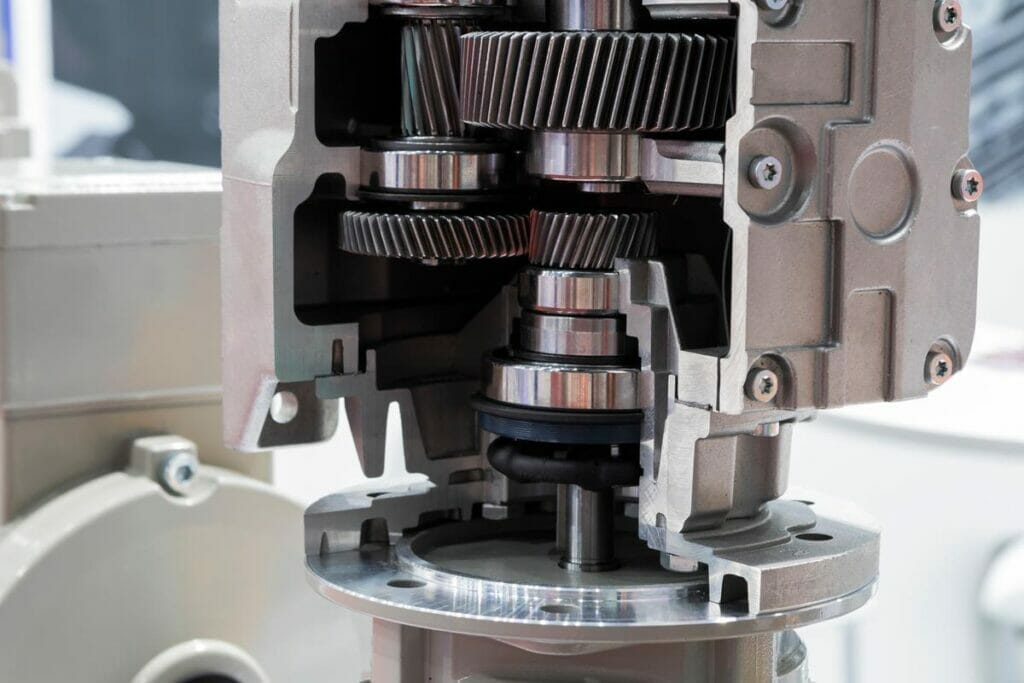Have you ever wondered what a throttle bush is and how it relates to centrifugal pumps? In this blog post, we’ll dive into the critical role that the throttle bush plays in ensuring optimal performance and longevity of centrifugal pumps. By understanding its function and importance, you’ll be better equipped to maintain and troubleshoot your pumping systems.

What Is Throttling in Centrifugal Pump
Throttling in centrifugal pumps is a process used to control the flow rate of the pumped fluid. It involves restricting the flow passage, typically at the pump discharge, to create additional resistance. This resistance causes a pressure drop, reducing the flow rate while the pump continues to operate at a constant speed.
What Is a Throttle Bushing
A throttle bushing, also known as a throttle sleeve or wear ring, is a cylindrical component installed in the casing of a centrifugal pump. It is positioned around the impeller eye, creating a close clearance between the rotating impeller and the stationary casing.
Throttle bushings are typically made of materials resistant to wear and corrosion, such as bronze, stainless steel, or engineered plastics. They are designed to be easily replaceable, as they are subject to wear over time due to the constant flow of the pumped fluid.
Function of Throttle Bushing
- Reduces Clearance: The throttle bushing reduces the gap between the impeller and the pump casing at the inlet side, preventing leakage.
- Prevents Recirculation: By minimizing the clearance, it reduces fluid leakage from the high-pressure side to the low-pressure side of the impeller, enhancing pump efficiency.
- Guides Fluid Flow: It helps direct fluid smoothly into the impeller, maintaining optimal performance and preventing wear on pump components.
- Wear Part: The throttle bushing serves as a replaceable wear component, allowing for easy replacement without the need for a new pump casing.
- Extends Pump Life: By being replaceable, it extends the life of the centrifugal pump and lowers maintenance costs.
How Throttle Bushings Work
Throttle bushings work by creating a seal between the rotating impeller and the stationary pump casing. The close clearance between the bushing and the impeller minimizes the fluid leakage from the discharge side back to the suction side.
As the pumped fluid enters the impeller eye, the throttle bushing guides the flow smoothly into the impeller vanes. The smooth flow entry reduces turbulence and enhances the pump’s efficiency. The throttle bushing also helps to maintain the pressure differential between the suction and discharge sides of the impeller, ensuring efficient pumping action.
What Is the Difference between Throat Bush and Throttle Bush
Throat bush and throttle bush are both components found in centrifugal pumps, but they serve different purposes.
The throat bush is located at the eye of the impeller, where the fluid enters the pump. Its primary function is to guide the fluid smoothly into the impeller and prevent excessive turbulence.
The throttle bush is situated at the discharge end of the pump casing. It helps to control the flow rate and pressure of the fluid as it exits the pump. The throttle bush also acts as a seal to minimize leakage between the pump casing and the shaft.
FAQs
Is a throttle bush necessary for all centrifugal pumps?
While not all centrifugal pumps require a throttle bush, they are commonly used in pumps handling high-temperature, high-pressure, or abrasive fluids to improve seal performance and longevity.
How often should a throttle bush be replaced?
The replacement frequency of a throttle bush depends on factors such as the pumped fluid, operating conditions, and material of the bush. Regular inspection and monitoring can help determine when replacement is necessary.
Can a damaged throttle bush affect pump performance?
Yes, a damaged or worn throttle bush can lead to increased fluid recirculation, reduced pump efficiency, and premature seal failure.
How is a throttle bush installed in a centrifugal pump?
A throttle bush is typically installed in the seal chamber, fitting snugly around the pump shaft. It may be held in place by a retaining ring or other fastening methods.
Can a throttle bush be adjusted to control the flow restriction?
No, a throttle bush is a fixed component and cannot be adjusted. The flow restriction is determined by the clearance between the bush and the pump shaft.
What are the signs of a failing throttle bush?
Signs of a failing throttle bush include increased leakage from the seal area, reduced pump performance, and visible wear or damage to the bush or surrounding components.
In conclusion
The throttle bush plays a crucial role in maintaining the efficiency and longevity of centrifugal pumps. By understanding its function and proper maintenance, you can ensure optimal pump performance. For more information on centrifugal pump components and maintenance, consult with a trusted pump specialist or manufacturer.


